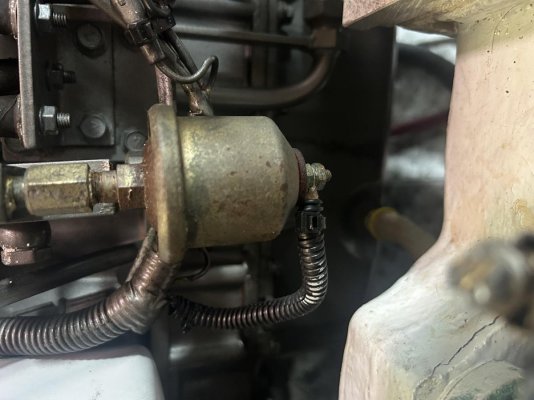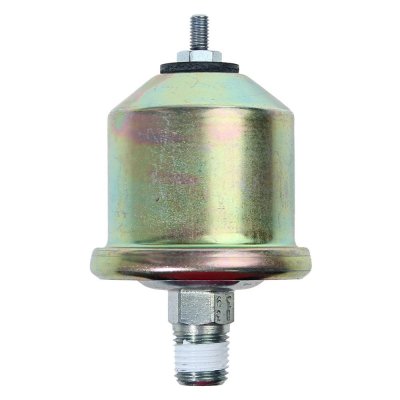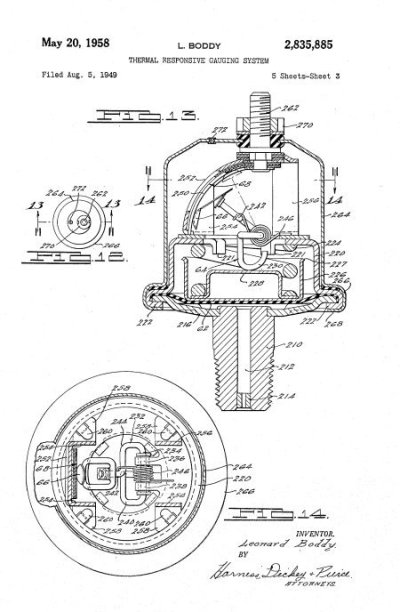Dougcole
Guru
Yanmar 4lha-stp
Both of my oil pressure gauges have been working intermittently, I had this issue a few years ago on the port side and fixit by replacing the ring terminal on the sender wire, but that didn’t work this time. I think it is time to replace both senders.
My question is, is this a yanmar part or are they tied to my Faria gauges? I was in my local marine store last week and saw some faria senders that look similar, but not exactly, like mine. Asked the clerk and he didn’t know. I have not called my yanmar parts supplier yet. I am hoping they are faria rather than yanmar as they will likely be about 1/3 of the price.
Pic is below, I can't find any numbers on it, but it LOOKS like a sierra sender, which seems odd because I know they are original to the engines.
Any thoughts?
Both of my oil pressure gauges have been working intermittently, I had this issue a few years ago on the port side and fixit by replacing the ring terminal on the sender wire, but that didn’t work this time. I think it is time to replace both senders.
My question is, is this a yanmar part or are they tied to my Faria gauges? I was in my local marine store last week and saw some faria senders that look similar, but not exactly, like mine. Asked the clerk and he didn’t know. I have not called my yanmar parts supplier yet. I am hoping they are faria rather than yanmar as they will likely be about 1/3 of the price.
Pic is below, I can't find any numbers on it, but it LOOKS like a sierra sender, which seems odd because I know they are original to the engines.
Any thoughts?
Attachments
Last edited:




